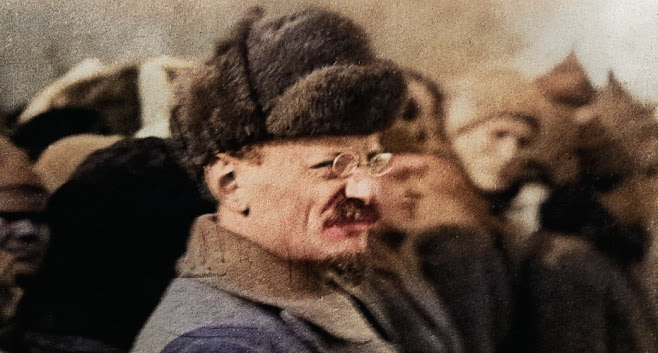Capitalism and the Camera: A review
Capitalism and the Camera: A review
Essays on Photography and Extraction
Edited by Kevin Coleman and Daniel James
The reality of climate chaos has really begun to hit home this year, with increasing extreme weather events, from the heat dome in Canada, the fires in Siberia and the massive flooding in Germany and China. Fossil fuel extraction and carbon burning has had a large part to play in this and so a book looking at the role of photography in resisting this would be a timely intervention. More so if it, as this book purports to do, examines the link between the economic system of capitalism itself and the exploitation of our natural resources and photography’s role within that.
Unfortunately, rather like the extraction process itself, the book forces the reader to shift through a lot of debris to find the real nuggets of value hidden here. Some of the articles are so obtuse that I simply abandoned reading them, some make good points and then lose them in the froth of their word making but some others are really good!
Christopher Stolarski’s chapter Marketing the Socialist Experiment: Soviet Photo-Reportage Between the World Wars, is a first class examination of the development of Soviet photo agencies that emerged out of the revolutionary years following 1917.
Stolarski shows us that early Soviet photographers were trying to use the camera in a different way and to different ends. They tried to show the inner workings of the country and the economy as it was being built after the civil war. Socialist planning was to be explained to the mass of people. It was no longer the property of a few and photographers tried to visualise this, attempting to make the ‘entire workforce transparent to itself.’ People had to see them selves inside the economy making it work. Figures like Rodchenko and Vertov believed that the camera was most suited to this, that it was a form of transparent communication, ‘making the invisible, visible, the unclear, clear and the hidden, manifest.’
It was this spirit the informed the development of many new pictorial magazines as part of newspapers and the stand alone picture magazine , the most important of which was Ogonek under Mikhail Koltsov. Ogonek had clear instructions to their photographers as to how photographs were to be taken, people were shown to be active rather than posed, engaged in making things rather than at a desk. This fitted with the direction of Soviet avant guard art and many of the new montage techniques were used.
With the first Five Year Plan in 1928 Stalin’s hand began to transform the radical work of the photo agencies into the propaganda tools of the regime. Out went realistic pictures of the worker at the bench and in came the factory manager in a suit posed behind a desk or the heroic posed figures of the shock worker, the so called Stakhanovites.
The chapter by Siobhan Angus, Mining The History Of Photography is interesting too. It shows us a photograph of the general strike of miners in the town of Cobalt, Ontario in 1907. The Cobalt mines were silver mines and workers produced in the harshest conditions. The strike was by the newly founded Western Federation Of Miners. Silver is of course the mineral used in the production of silver nitrate, the essential ingredient in producing film photography. The mines were also producing rare earth cobalt even then. This is used today in the production of mobile phones on which so many of the trillions of photographs produced nowadays are taken. The chapter examines the use of minerals in photography, looking at it from the point of view of cameras as material objects and tracing this through to the realities of resource extraction.
Also worthwhile is Tong Lam’s essay Urban Demolition and The Politics Of Looking in Postsocialist China.
Many former villages in China have been sallowed up in the development of the mega cities and the village of Xian is part of the city of Guangzhou. Formal ownership of the land is however in the hands of the former villagers. Landowners, still formally peasants, can convert their land into developments to house the migrant workers that flood into the cities.
In 2010 the village of Xian was threatened by the government which wanted to eradicate the village and construct projects around the Asian games of that year. This struggle between small property owners, hoping to make themselves secure, and the government property development agencies was a fierce battle which reached a stalemate after violent attempts were made by the state to evict the villagers. The buying out of many properties was achieved but the government never managed to gain the rights to the land. In the hiatus Xian became haven for migrants, artists and even small agricultural production.
Tong Lam, whose work looks at urban space and ruins, considers the villagers desire to be seen and how they use photography and YouTube videos to continue their struggle under the state media blackout. He also looks at how in this case people can represent themselves rather than have the intervention of outside photographers or artists.
There are other good ideas and valuable thoughts in this book, but too often they are obscured by incomprehensible jargon or are spun out until they become absurdities. That’s a shame, as so many people are involved in photography today and a look at its role in capitalism and potentially against capitalism is very worthwhile.
If you are interested the politics and ethics of photography it is worth buying this but you will have to do some work to find the gold.
Available from Verso


